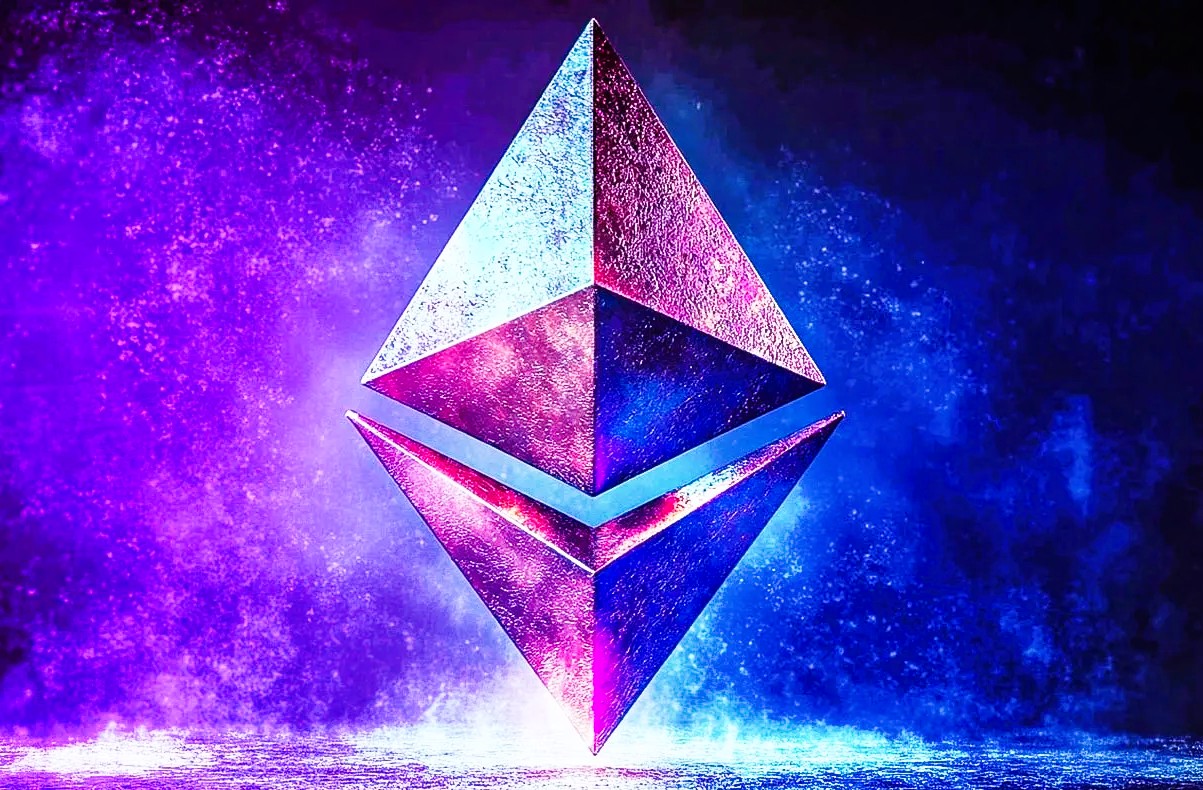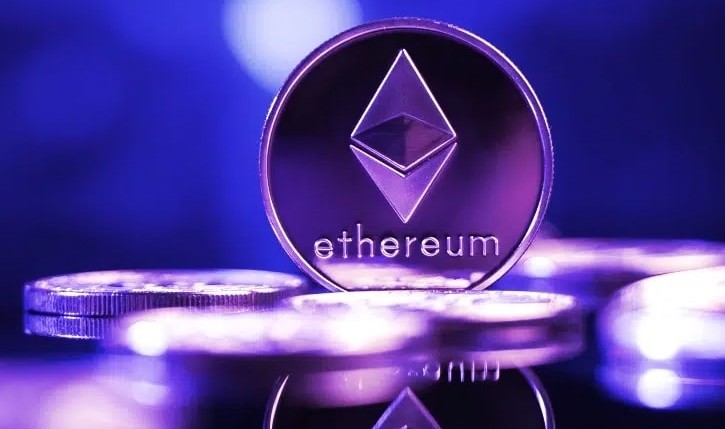Scalability, Efficiency, and a Smoother Future for the World’s Leading Smart Contract Platform
Ethereum — the powerhouse of decentralized applications, DeFi, NFTs, and smart contracts — is set to undergo its next significant upgrade: the Fusaka hard fork. Unlike previous forks that shook up the ecosystem with changes to consensus or fee models, Fusaka is different. It promises no major code breaks, no dramatic overhauls — just more room, more scalability, and a foundation for Ethereum’s next evolution.
With developers, node operators, and the broader crypto community watching closely, Fusaka represents a subtle yet pivotal turning point in Ethereum’s roadmap.
🔍 What Is the Fusaka Hard Fork?
The Fusaka hard fork is the next scheduled upgrade to the Ethereum protocol, following in the footsteps of Shanghai (Shapella), London, and Berlin. This fork is focused on data expansion, transaction optimization, and laying the groundwork for layer-2 interoperability.
Unlike “hard forks” of the past that introduced changes like EIP-1559 (fee burn mechanism) or the Beacon Chain merge, Fusaka is less disruptive, yet just as essential. The phrase being thrown around the Ethereum Foundation is clear:
“No code breaks — just more room.”
🛠️ Key Features and EIPs in Fusaka
The Fusaka fork includes several Ethereum Improvement Proposals (EIPs) that aim to improve efficiency, scalability, and developer experience.
Here are the most anticipated changes:
🔹 1. EIP-7623: Data Availability Layer Expansion
This EIP increases the maximum call data size per block, allowing layer-2 solutions (like Optimism, Arbitrum, and Base) to post larger batches of rollup data to the Ethereum mainnet.
Why it matters:
-
Reduces rollup fees for end users.
-
Increases throughput on L2s.
-
Makes Ethereum more scalable without sacrificing decentralization.
🔹 2. EIP-7685: Stateless Client Preparations
This proposal adds optimizations to reduce the size of Ethereum’s state, making it easier for light clients and stateless nodes to participate.
Impact:
-
Reduces hardware requirements.
-
Expands network participation.
-
Makes Ethereum ready for a “stateless future” in which users won’t have to keep track of the complete history of the blockchain..
🔹 3. EIP-7514: Beacon Chain Withdrawal Improvements
Enhances the staking pool’s queue system for validator withdrawals..
Benefits:
-
Smoother validator exits.
-
More efficient staking operations.
-
Helps maintain network stability and decentralization.
🔹 4. Gas Cost Adjustments for Call Data
Ethereum developers continue to rebalance the cost of different operations, encouraging more efficient use of block space. Fusaka reduces the cost of data-heavy transactions and slightly increases the cost of rarely used opcode operations.
📈 Why “More Room” Is a Big Deal
Scalability has always been Ethereum’s Achilles’ heel. While The Merge successfully transitioned Ethereum to Proof of Stake, and the rise of rollups helped offload traffic, the base layer still struggles with limited data bandwidth.
Fusaka directly addresses this by:
-
Increasing space for rollup data — the lifeblood of Ethereum’s scalability model.
-
Boosting network throughput without compromising decentralization.
-
Creating an environment where layer-2s thrive and users benefit from lower gas fees.
Think of Fusaka as infrastructure expansion. It’s like adding more lanes to a busy highway without changing the rules of the road — resulting in faster traffic and smoother rides.
🤝 Impact on Developers, Validators, and Users
👨💻 For Developers:
-
No major code breaks = easier migration
-
Improved rollup support = cheaper dApp execution
-
Expanded data layers = more complex, scalable apps possible
🧱 For Validators and Node Operators:
-
Staking will become more predictable with modifications to staking exit queues.
-
Reduced state size = less storage cost, more efficient node syncing
👥 For Users:
-
Lower gas fees on L2s
-
Faster transaction finality
-
No visible changes in wallets or user interfaces (seamless experience)
🧠 What Makes Fusaka Different from Previous Hard Forks?
Let’s compare briefly:
| Fork | Major Feature(s) | Code Breaks? | Focus Area |
|---|---|---|---|
| London | EIP-1559 (Fee Burn) | Yes | Economic Model |
| The Merge | PoW → PoS Transition | Yes | Consensus Mechanism |
| Shanghai | Staking Withdrawals | No | Validator UX |
| Fusaka | Rollup Scalability, Data Expansion, Optimization | No | Infrastructure Layer |
Fusaka is less dramatic but highly foundational. It won’t make headlines like The Merge, but it quietly unlocks Ethereum’s next level of efficiency and scale.
🌍 Global Ethereum Ecosystem Response
🔸 Layer-2 Projects (Optimism, Arbitrum, Base):
Excited about the added data bandwidth, which lowers costs for bundling transactions and posting rollup proofs.
🔸 DeFi Protocols:
Appreciate more predictable gas fees and the possibility of deeper liquidity from better user onboarding.
🔸 Core Developers:
Call Fusaka a “clean fork” — minimal disruption, maximum benefit.
🔸 Community:
So far, the community response is positive, with many praising Ethereum’s new “modular-first” approach:
Base layer for security + L2s for speed = Scalable, decentralized future.
🚀 What Comes After Fusaka?
Fusaka is not the end — it’s a setup.
Ethereum’s roadmap still includes:
-
Danksharding: A massive upgrade to data availability via “blobs.”
-
Verkle Trees: A complete shift in state storage and proof mechanisms.
-
Full stateless clients: Making Ethereum more lightweight and inclusive.
Fusaka is laying the tracks for these future developments — preparing Ethereum for its role as the settlement layer of the decentralized internet.
✅ Final Takeaways: No Drama, Just Progress
Ethereum’s Fusaka hard fork might not come with the hype of The Merge or London, but it represents a mature, thoughtful step in Ethereum’s evolution. By expanding capacity, optimizing fees, and minimizing disruption, Fusaka shows what a stable, mission-focused upgrade looks like.
“No code breaks, just more room” isn’t a slogan — it’s a strategy.
Ethereum is growing up, not by breaking things, but by building better infrastructure for the long haul.
💬 Are you ready for Ethereum’s next evolution? Will Fusaka make L2s more usable for everyday users? Share your thoughts in the comments below!
📢 Follow us for more deep-dives into Ethereum upgrades, DeFi trends, and blockchain innovations every week!
@ Crypto pro bro


